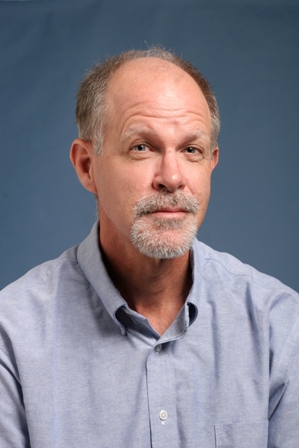非常抱歉,
你要访问的页面不存在,
非常抱歉,
你要访问的页面不存在,
非常抱歉,
你要访问的页面不存在,
验证码:

职称:Professor of Entomology
所属学校:University of California-Riverside
所属院系:Entomology
所属专业:Entomology
联系方式:(951) 827-4782
BSc Genetics 1979 University of Melbourne, Australia PhD Genetics 1986 University of Melbourne, Australia
The research in my laboratory focuses on the development of genetic strategies for the control of pest insect species. One important aspect of this is the use of gene vectors that efficiently introduce genes into these species. These gene vectors must be robust enough to allow the high frequency transformation of a target insect species yet be able to be easily manipulated so they can function as effective genetic tools. Transposable elements are small pieces of DNA that can move within and between genomes and some of these have been developed as rudimentary gene vectors in some insect species. We have participated in the isolation and development of two such transposable elements, the Hermes element from the housefly, Musca domestica and the Herves element from the malaria mosquito, Anopheles gambiae. Both are members of the hAT superfamily of transposable elements and this superfamily is related to V(D)J recombination system that is largely responsible for generating antibody diversity in the acquired immune system of higher vertebrates. Hermes can be used to genetically transform in a number of insect species, including the Mediterranean fruit fly, Ceratitis capitata, the yellow fever mosquito, Aedes aegypti and the northern house mosquito, Culex pipiens quinquefasciatus, which is a vector of West Nile virus. If Hermes (and Herves) are to be used as an efficient genetic tool in these and other species then it is necessary to develop a complete understanding of the molecular basis of their mobility in insect species, including mosquitoes. Much of the research in my laboratory endeavors to do just this. For example, we are deciphering the structure: function relationships of Hermes, exploring whether the Hermes transposase interacts with host-encoded proteins and establishing techniques that will enable the isolation of hyperactive forms of the Hermes element. We are also interested in determining factors that affec the rate of spread of autonomous Hermes elements in Drosophila melanogaster and mosquitoes. Understanding these will enable us to estimate the feasibility of using Hermes elements, as well as other transposable elements, as driving agents in natural populations of insects. We also participate in genome wide screens looking for active transposable elements in insects and humans and have a leadership role in the Culex genome project.